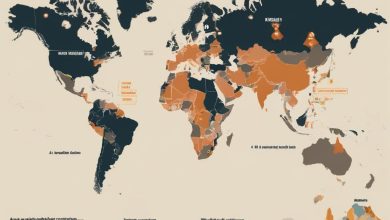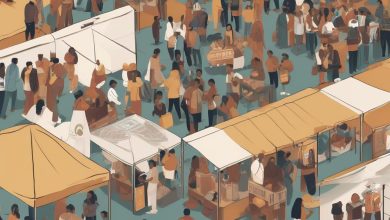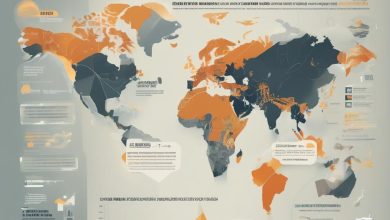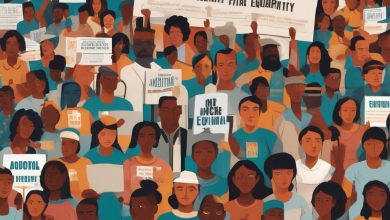Migration
Migration and Cultural Transformation: How Movement Shapes Societies
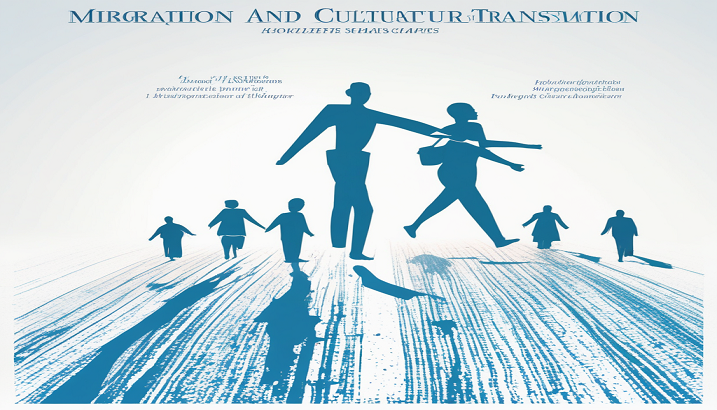
Introduction
- Introduce the concept of cultural transformation resulting from migration.
- Outline the scope of the article, focusing on how migration reshapes societies culturally.
Historical Context of Migration-Induced Cultural Changes
- Highlight historical examples of migration that led to significant cultural transformations, such as the Great Migration in America or post-war migrations in Europe.
- Discuss how these migrations have historically enriched host societies culturally, economically, and socially.
Contemporary Cultural Exchange Through Migration
- Examine contemporary examples of cultural exchange facilitated by migration, such as the influence of global cuisine, music, and art.
- Analyze how global migration has contributed to the creation of multicultural urban centers.
Cultural Innovation and Hybridization
- Discuss the concept of cultural hybridization, where new cultural forms and practices emerge from the blending of diverse traditions.
- Provide examples of innovation in art, business, and social practices that have arisen from cultural hybridization.
Social Cohesion and Cultural Diversity
- Discuss the balance between preserving cultural heritage and fostering social cohesion in diverse societies.
- Explore the challenges and benefits of maintaining cultural diversity, including community tensions and enhanced creativity.
The Role of Migrant Communities in Cultural Preservation
- Highlight how migrant communities maintain and celebrate their cultural traditions in host countries.
- Provide examples of cultural festivals, institutions, and markets that contribute to cultural preservation and cross-cultural understanding.
Conclusion
- Summarize how migration is a powerful force for cultural transformation, enriching societies with diversity.
- Encourage ongoing dialogue and empathy as societies continue to evolve through migration.

